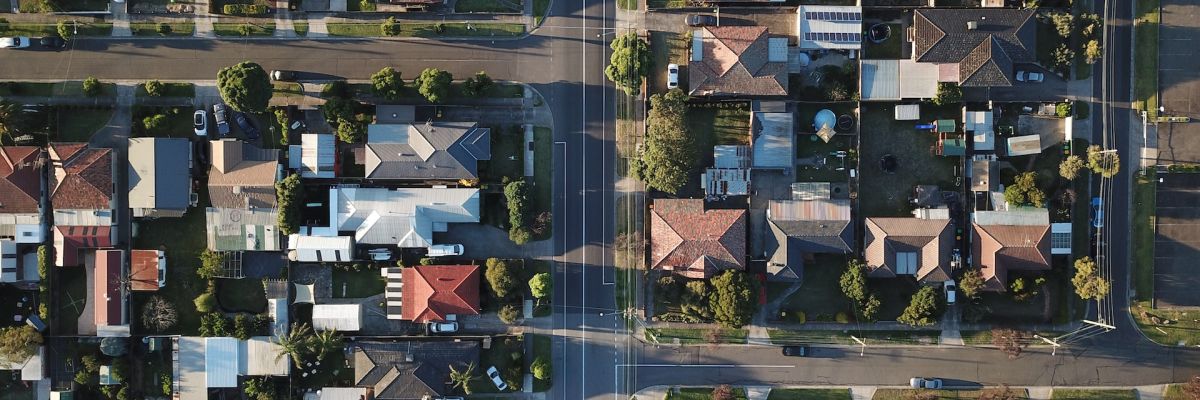Mortgage Products
Variable, Fixed, Capped, what do they all mean about mortgage lending? Here I explain the various mortgage products and what they mean.

Several mortgage products are available, and these terms are often interlinked, a product and a mortgage type covered earlier are two different areas of mortgages, but I am using mortgage type and mortgage product to distinguish between the two.
Variable
A variable rate mortgage is as it sounds, variable. A lender will publish what is known as their standard variable rate for mortgages. Say 5%. That is the interest rate for the mortgage. It will stay at 5% unless something changes, which could happen in time. For example, if the Bank of England increases the base rate by 0.25% then the following month the mortgage will change to 5.25% and the payment will go up. Equally, if the Bank of England decreases the base rate by 0.25% the following month the mortgage changes to 4.75% and the payment goes down.
A variable rate mortgage is not all that popular, there are often better rates available by taking a fixed rate.
Fixed
A fixed-rate mortgage is fixed at a specific percentage for a specific period. The most common fixed-rate periods are 2 and 5 years. Some lenders will offer fixed rates for up to 10 years.
This is the common mortgage product that borrowers use. It's almost always a lower rate than a variable product and it gives peace of mind that payments will not change for the duration of the fixed term.
Capped
A capped product has a ceiling that it cannot go above but it can decrease. This is a good option if a borrower believes that the base rate set by the Bank of England is less likely to go up and more likely to go down. But, if it does go up it can only go up so much.
The interest today could be 5% and that is what is charged but the product is capped at say 6%. So if the base rate goes up so will the mortgage payments but if the base rate goes above 6% the mortgage won't as it's capped at 6%. However, if the base rate goes down to 4.5% then so will the mortgage and therefore the payments will reduce.
Capped rate products also have a fixed term usually 2 or 5 years.
Tracker
A tracker product tracks the Bank of England Base Rate. Generally, the rate will be the Bank of England Base rate + a margin. Currently, the base rate is 5.25%, the lender may have a margin on the tracker of 0.5%. So 5.25% + 0.5% means the borrower will pay 5.5% interest.
That product then tracks, which simply means that every time the base rate moves, so does the product rate. For example, if the base rate increases to 5.5% then the following month the borrower's interest rate increases to 5.5% + 0.5% = 6%. And of course, if the base rate goes down to 4.5% then the tracker rate changes to 4.5% + 0.5% = 5%.
This is an option for those who believe want to take advantage of the belief that rates will fall. But there is a risk that the rate will go up. Unlike a capped product a tracker does not have a ceiling so it can keep rising.
Again this type of product normally has a fixed term usually 2 or 5 years.
Offset
An offset product is for those who have savings and use them to reduce mortgage payments. for example;
Say you have a mortgage of £200,000 and savings of £50,000. What you can do is link the two together. Instead of earning interest on the £50,000 of savings, it's offset against the mortgage. Rather than pay interest on £200,000, interest is only paid on £150,000 as the £50,000 of savings that would have earned interest is being used to cover £50,000 of mortgage interest.
Effectively what is happening here is that by giving the lender that £50,000 it reduces your mortgage balance, so it's almost like you have repaid a portion of the mortgage therefore don't need to pay any interest on it.
This is an effective way of reducing mortgage payments and has additional benefits. For example, if the interest rate on those savings is 3% and the mortgage rate is 5% then the savings on interest are greater than the interest that could have been earned.
Summary
These are the main mortgage products borrowers will consider. For the majority, the peace of mind a fixed rate brings makes it the most popular. The term of a mortgage product is determined by how long a borrower believes that the fixed rate will be advantageous and won't drop, too much, during the 2 or 5 years it is fixed (the most common terms).
Once a product comes to an end after 2 or 5 years the borrower can normally apply for a new product based on what is available at that time. Of course that does mean it could be higher or lower.
Lee Wisener, CeMAP, CeRER, CeFAP
Having worked in the mortgage industry for over 20 years I have always wanted to build a website dedicated to the subject. Also being a geek when it comes to the internet all I needed was time and I could both build the site from scratch and fill it with content. This is it!
Article List
Recent Blog Posts

Grenfell Tower Enquiry Report
04-09-2024
Today, the Grenfell Tower Enquiry Report was released. Am I surprised at the outcome? No, but I am surprised at just how scathing the report has been of everyone, right up to the government level.

New Tax Guides
18-08-2024
I have been asked a few times to create some guides on Tax in the UK. Many people are confused by the rules and, in fact, what taxes can affect the majority of us at some point in our lives. I have put a new section together for these.

Inflation on the rise again
14-08-2024
Inflation has risen following a decent downward run. What does this mean for prices and, more importantly, for mortgage holders regarding interest rates?